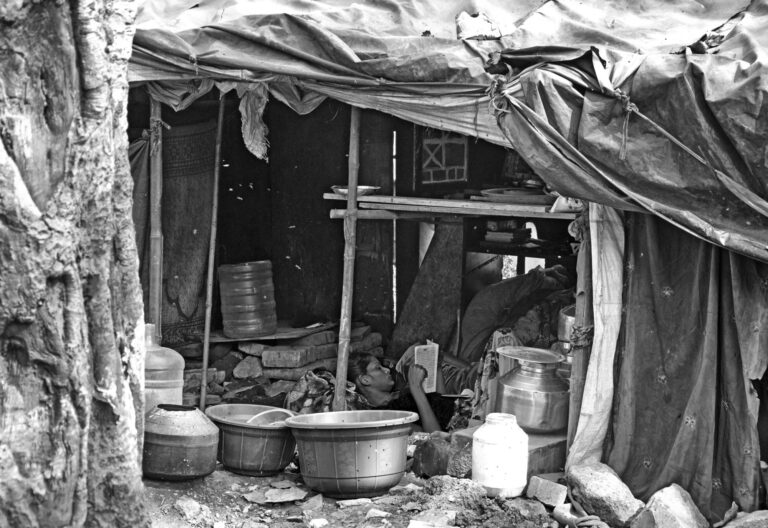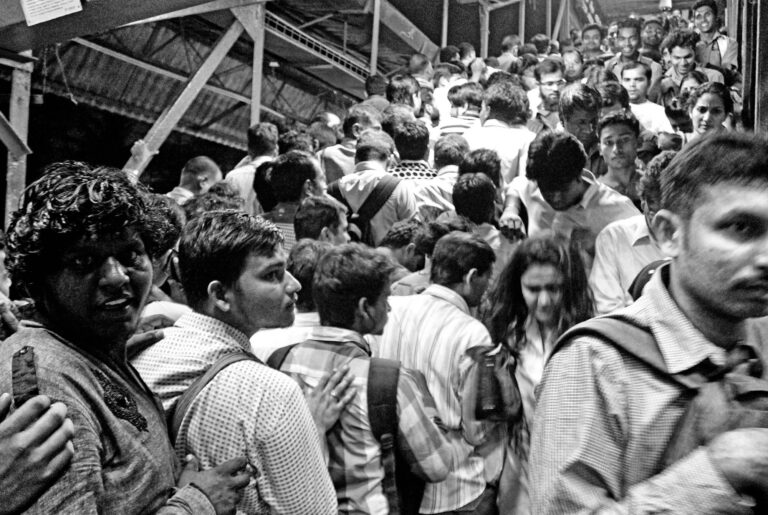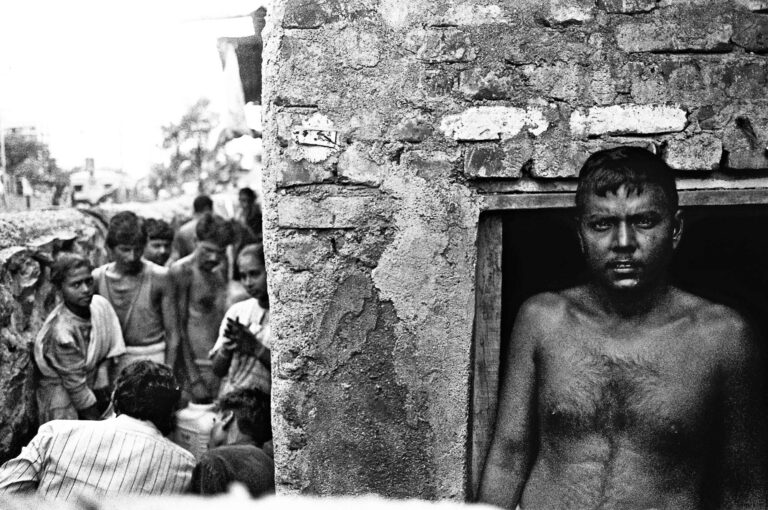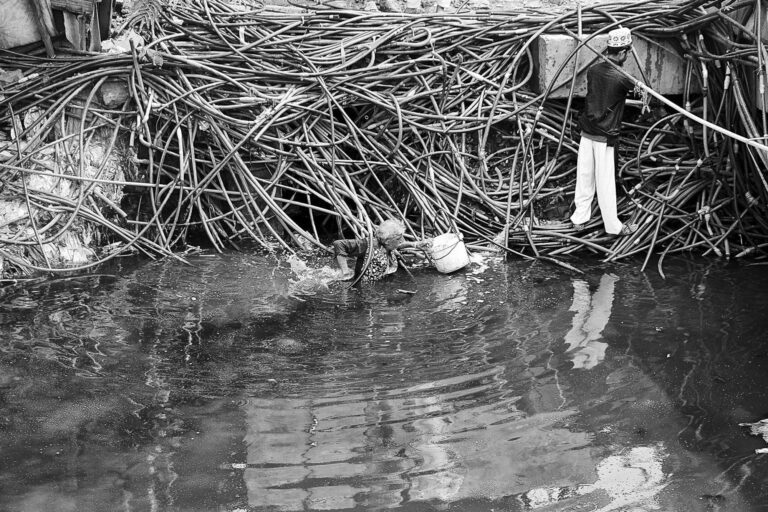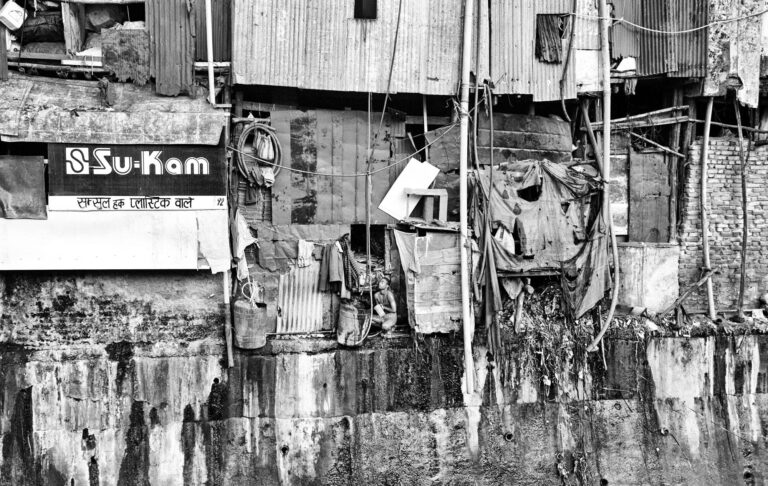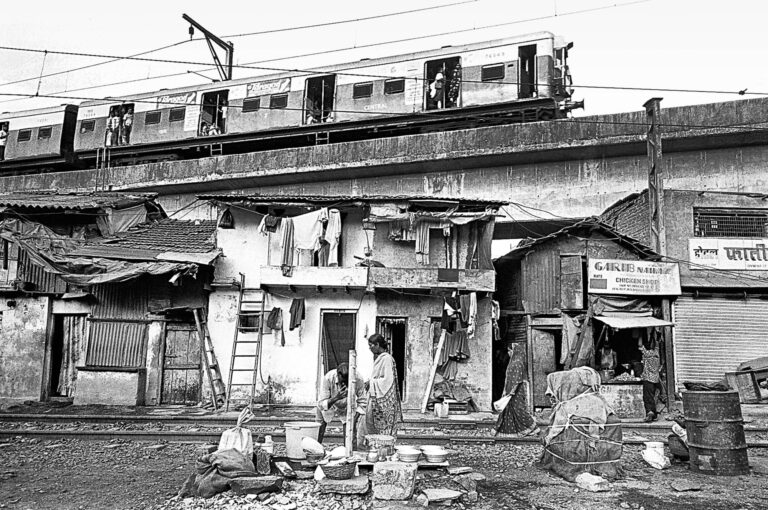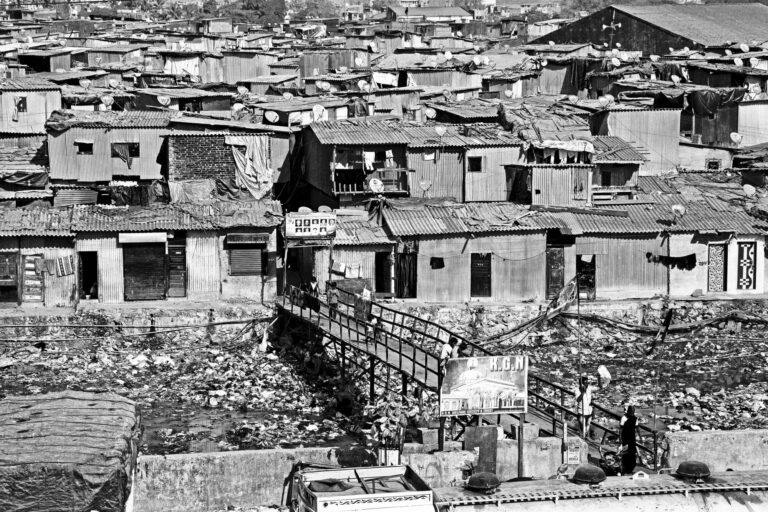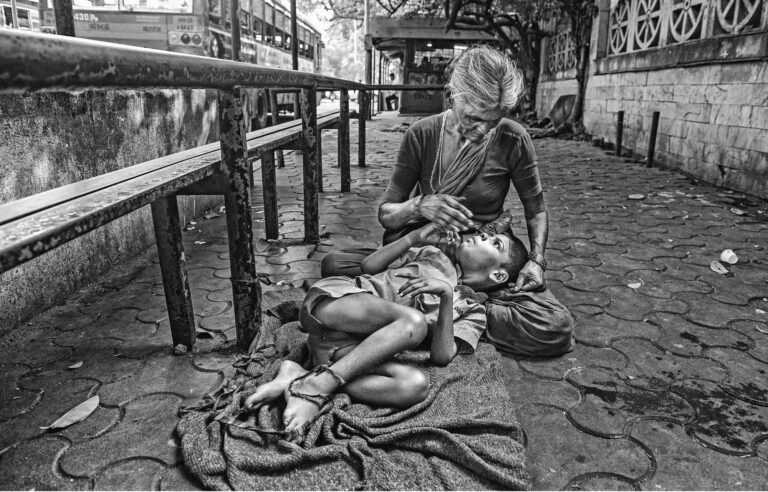Whose City? Whose Right?
Coro and PPT together are aiming at unfolding the dimensions to the ‘right to city’
movement through photographic exhibitions and are
unpacking the realities of urban poverty
movement through photographic exhibitions and are
unpacking the realities of urban poverty
Right to City
Documenting and Demanding for Public Policy to develop severly underdeveloped areas of marginaslied communities.
A city is a manifestation not only of who live in it, but it speaks about the social relationships, the inclusion and exclusion of diversities, the respect and disrespect of life styles, the resources and more importantly the division of resources, the presence or lack of collective(s) and their collective actions, the aspirations, the aesthetic values.
A city even though is about its people, its also about how the same people no matter what their social strata live and co-exsist with each other.
Mumbai is and will always be one of the most diverse cities in the world, an amalgamation and boiling plot of cultures, religions and classes, the city has grown from seven islands to the huge metropolis it is today due to the massive labour and work force that lives in dense pockets of the city. As in any major city, there is segregation of areas in the city according to class and poverty but it is much more stark, much more contrasting in all the senses in Mumbai. The growth of the city is driven by neo-liberal markets and profits. They are the cause and also the outcomes of this growth. The cities therefore are marked by divides, exploitations, inequalities, discriminations and exclusions.
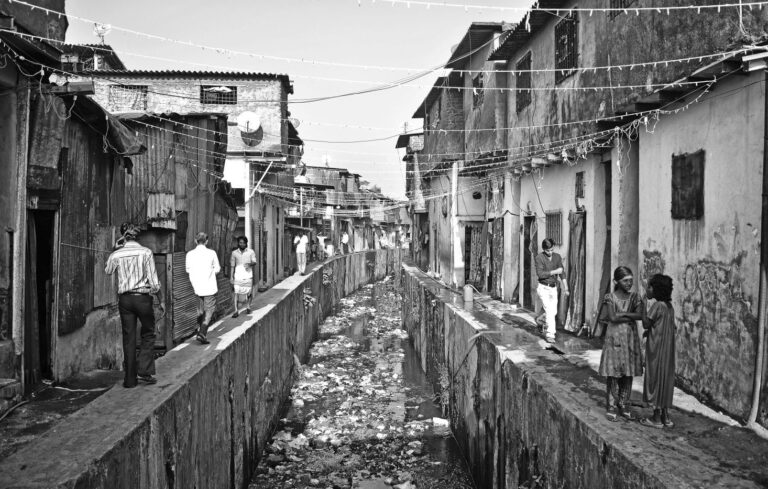
This divide though is not only because of poverty but also a direct result of apathy and neglect by concerned authorities. Mumbai’s urban slums or even average middle class areas are devoid of facilities like – Water, Sanitation, access roads, sewage disposal, recreational spaces and access to proper health systems. It is always the poor and the marginalized that are at the receiving end of the urban restructuring.
The city has grown exponentially in the past 5 decades, with a huge Migrant population influx while unchecked construction and development has put a strain on space and other resources of the city. Life in the city as an average citizen and commuter is dangerous and as a member of a marginalised section of the city, one has an extremely bad deck of cards. This boiling pot is now overflowing and there has to be a pro-active approach towards making sure the city does not descend into utter chaos and everyone and every section in the city is taken care of.
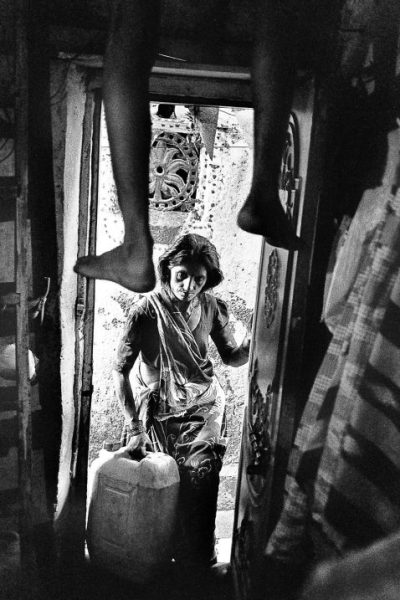
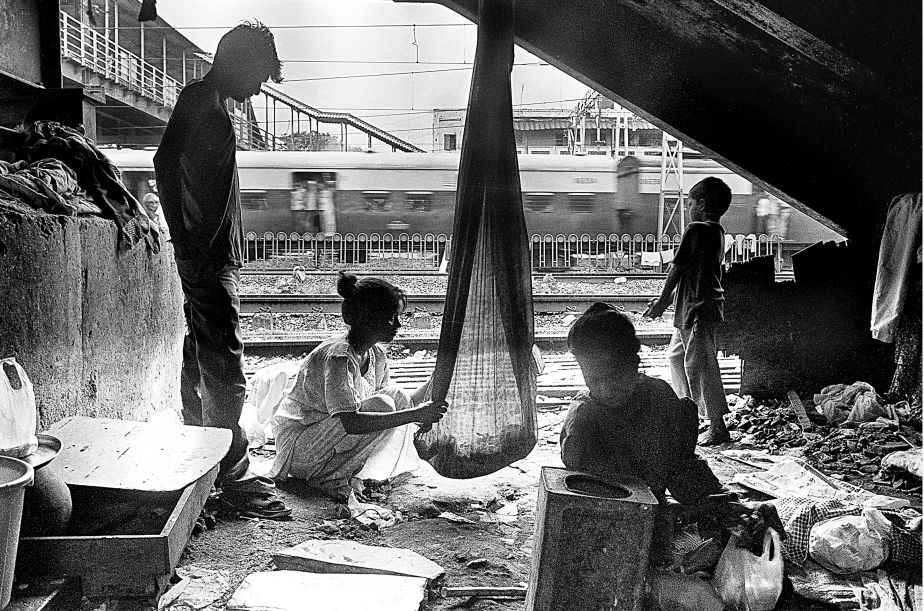
Right to city is a movement for inclusive growth. It emphasises on participation of all, especially of the marginalised and excluded in thinking through their cities and their lifestyle. Right to city is all about citizenship and constitutional entitlements. It is the citizens’ right to shape the growth of the city and participate in its planning and implementation. Right to city is to claim those unclaimed spaces and rights.
The PPT team collaborated with Coro India whose outstanding work in urban slums and domestic violence has gathered much needed attention by authorities. Coming together to shed light on a subject that should ideally kick start many conversations – both teams came up with a unique concept and campaign to reach out the masses and authorities.
The idea was to document and desiminate problems and issues the marginsalised sections of the city suffer from through photographs and series of exhibitions, talks that involved citizens from these areas to come showcase their issues and peaceful protests.
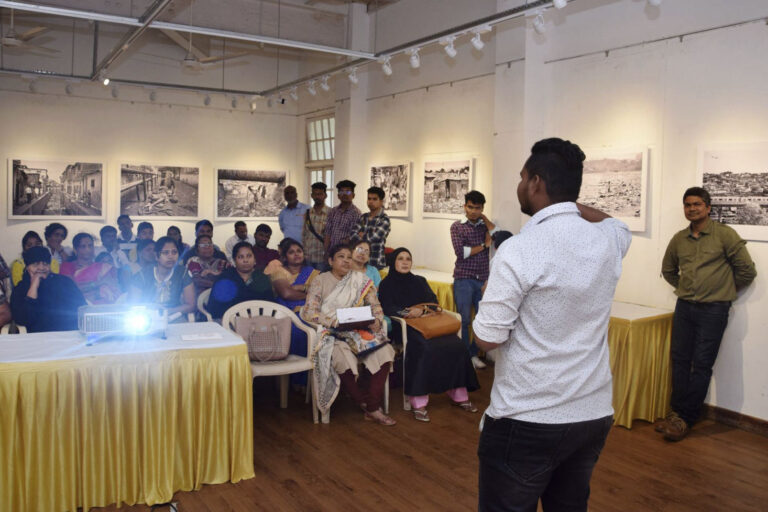
Team PPT and the students who themselves come from underprivileged areas of the city started shooting and documenting their surroundings and creating a portrait of the city that the urban rich and upper middle class never get to see. This invisibility and veil had to be lifted. Lakhs of people – who serve the city, ply taxis, autos and Ubers, manage retail and unorganised sectors live in life threatening conditions and the privileged class needed to be aware of this. The marginalized have been pushed from the centre of the city to the margins; literally and otherwise.
Many of the urban slums hide in the fringes of the city, cordoned off and walled. Hidden behind skyscrapers and commercial office spaces. The escalating land prices make it happen with or without violence. In the name of redevelopment poor people are offered substandard housing with no facilities. Lifts are provided in 7 storied buildings which never operate. All regulations around safety are ignored. The spaces for poor people are shrinking— houses, toilets, open spaces, gardens. The authorities needed to face these issues and initiate programs and policies to deal with them.
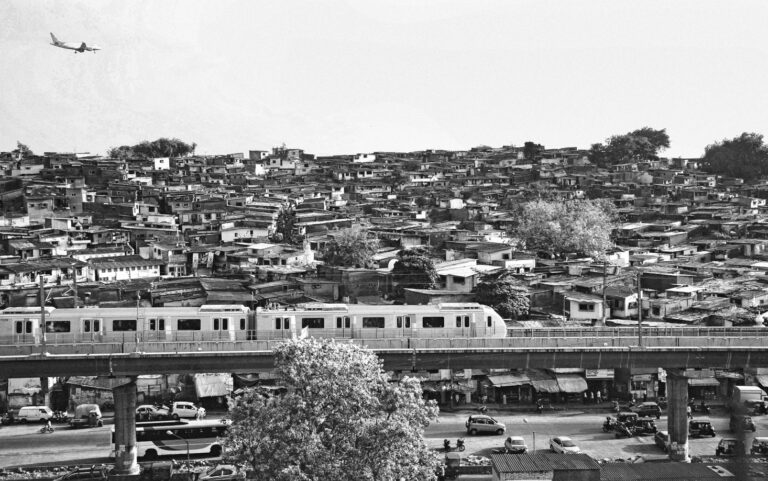
The world charter defines RTC as, ‘The equitable usufruct of cities within the principles of sustainability, democracy, equity and social justice. It is the collective rights of the inhabitants of cities, in particular of the vulnerable and marginalized groups, that confers upon them legitimacy of action and organisation, based on their uses and customs, with the objective to achieve full exercise of the right to free self-determination and an adequate standard of living’.
By bringing in the medium of photography, exhibitions and public participation, we were able to create a much larger impact on the press and media and garner attention towards The campaign and the people whose lives are directly affected as part of this problem.
Students spoke about the issues that affect their daily lives, of people around them and their areas. Women spoke about water, sanitation and health issues in slums and the lack of Health systems in such areas.
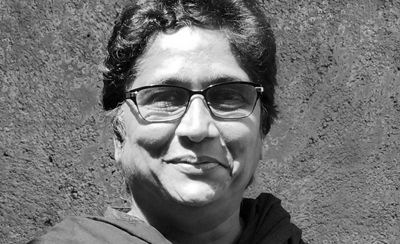
“We are very grateful to PPT for helping us out with our “Whose city whose right” project and also in the leadership development programme. The changes that occurred because of this initiative weren’t immediate but people were made aware about such issues after the exhibition. Be it slow but the concerned authority also started looking up to this matter after the rally. ”
Sujata Khandekar
Coro India
Exhibitions were held in the city and the photos displayed prominently. The press, authorities and public invited to come and see and share their own experiences. Peaceful protests were held where students and Volunteers staged a rally, walking with photos of the exhibitions instead of placards or banners. Only black and white images printed and silently carried across the city.
It is a slow and tedious process to exact any kind of change in a city such as Mumbai. Many of us have chosen to ignore about the abject living conditions that millions of our co-citizens live in. This stems from both a hidden prejudice among the lower class and a complete unawareness about the people who make up most of the city’s population.
Right to city includes planning and development of public and community places and spaces to ensure equal opportunity, safety and supportive ecosystem to each citizen in the city and the PPT continues to use the medium of Photography too create greater sensitisation about urban slum issues in the hope that one day we can create tangible and realistic changes in the lives of millions of workers, labourers and their families.
Mumbai may be one of the greatest cities in the world, it is imperative it become a city for everyone.
Team PPT and Coro India wish to continue this model of photographic exposition, protests and dialogue in other cities facing the same issues.

